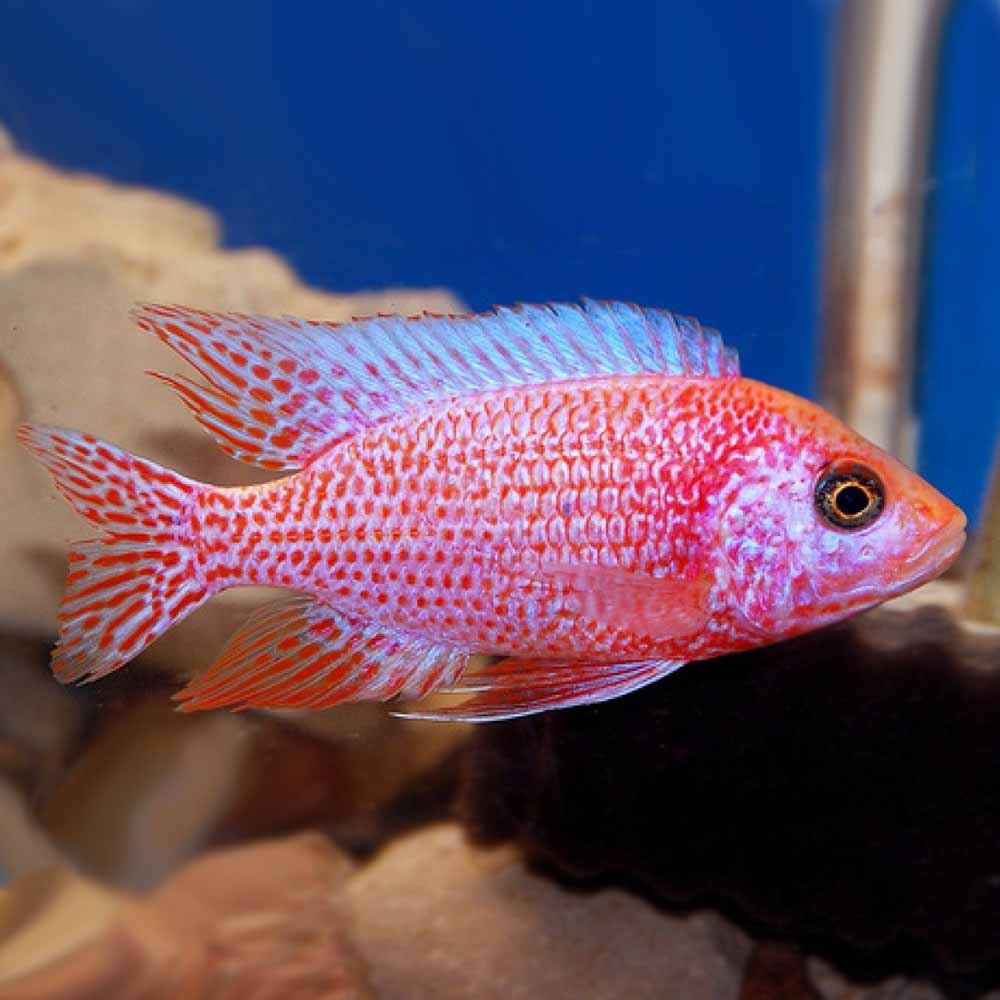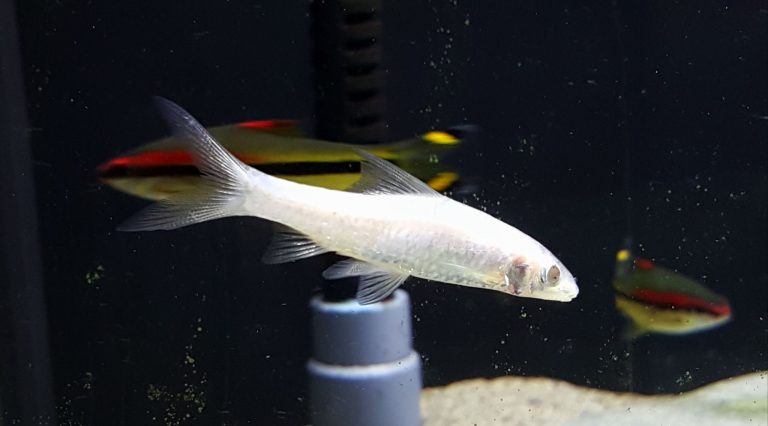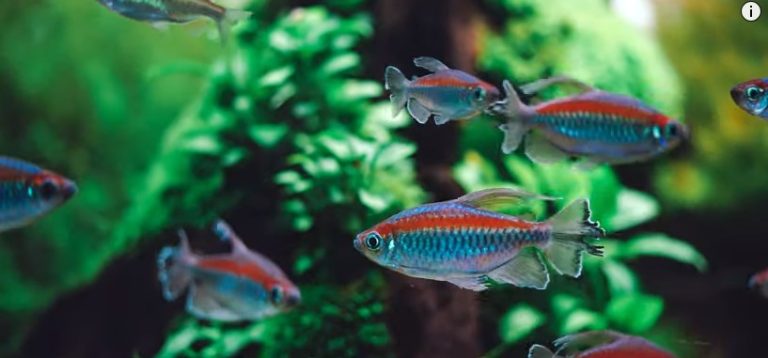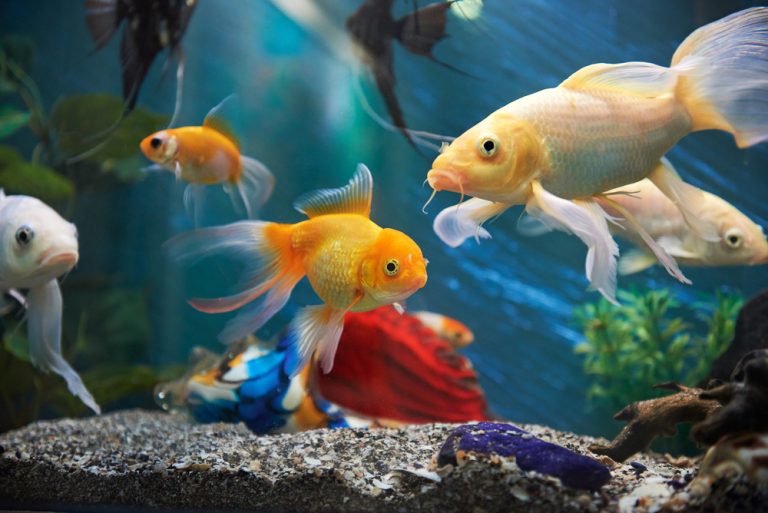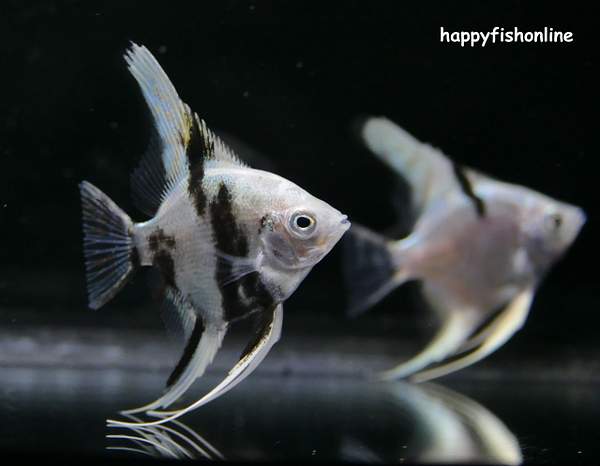Strawberry Peacock Cichlid
Strawberry Peacock Cichlid: The Stunning and Colorful Freshwater Fish
The Strawberry Peacock Cichlid, also known as Aulonocara maylandi, is a captivating and vibrant freshwater fish that is highly sought after by aquarium enthusiasts. Its striking colors and unique appearance make it a standout addition to any aquarium. In this article, we will explore the characteristics, care requirements, breeding habits, and other interesting aspects of the Strawberry Peacock Cichlid.
Appearance and Characteristics
The Strawberry Peacock Cichlid gets its name from its vibrant red coloration, resembling the sweet and juicy fruit it is named after. The males of this species display more vibrant colors than females, with a sleek and elongated body shape. They can grow up to 6 inches in length, making them a medium-sized cichlid.
Apart from the stunning red color, the males also sport metallic blue patches on their faces and fins, creating a dazzling contrast. However, it’s important to note that the color intensity can vary from individual to individual, depending on factors like temperature, diet, and overall health.
Females, on the other hand, are less colorful and have a more subdued appearance, usually displaying a dull brown or yellow color with black stripes. This natural dimorphism between males and females is common in many cichlid species.
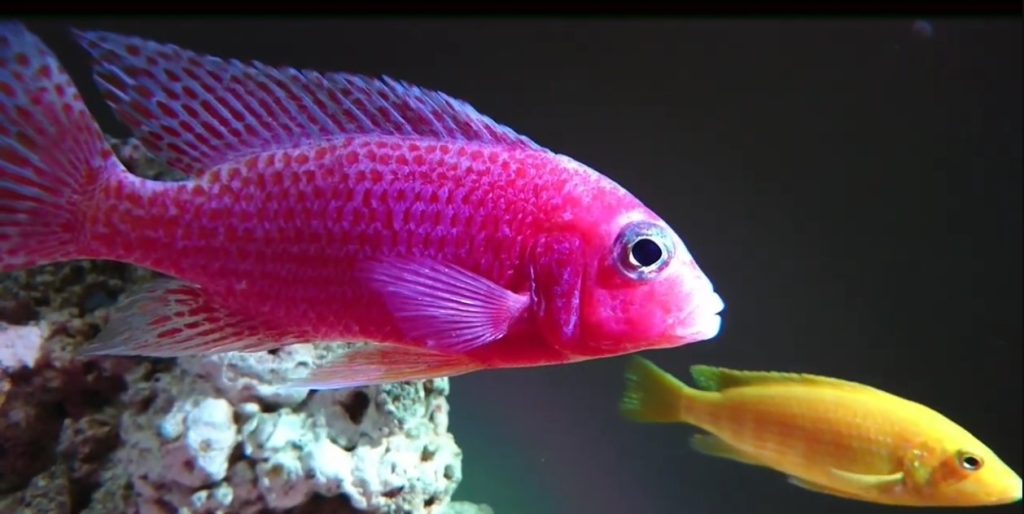
Habitat and Tank Requirements
In their natural habitat, Strawberry Peacock Cichlids are found in Lake Malawi, which is located in East Africa. The lake is known for its vast array of cichlid species, and the Strawberry Peacock Cichlid is one of the most popular among them.
To create a suitable environment for these fish, it’s important to replicate their natural habitat as closely as possible. This means providing them with a spacious tank, ideally 55 gallons or larger, to allow for ample swimming space. The tank should also have plenty of hiding spots, such as rocks and caves, to mimic their natural rocky habitat.
Maintaining the water quality is crucial for the health and well-being of your fish. The ideal water parameters for Strawberry Peacock Cichlids include a pH level of 7.8-8.6, water hardness of 10-20 dGH, and a temperature range of 75-82°F (24-28°C). Regular water changes and filtration are essential to keep the water clean and prevent the buildup of harmful substances.
Feeding and Diet
Proper nutrition is vital for the health and vibrant colors of the Strawberry Peacock Cichlid. These fish are omnivorous in nature, feeding on a variety of foods in the wild. In captivity, a balanced diet will consist of high-quality pellets or flakes specifically formulated for cichlids, supplemented with live or frozen foods.
To enhance their coloration, it’s advisable to include foods rich in carotenoids, such as spirulina, krill, and shrimp, in their diet. These pigments are responsible for the fish’s red coloration and can intensify their vibrant hues.
Feeding should be done twice a day, offering only what the fish can consume within a few minutes. Overfeeding can lead to obesity and poor water quality, so it’s important to exercise portion control.
Behavior and Compatibility
The Strawberry Peacock Cichlid is generally peaceful and can be kept in community tanks with other non-aggressive fish of similar size. However, it’s important to avoid keeping them with aggressive or territorial species, as this can lead to conflicts and stress for the fish.
Keeping a single male with multiple females is a recommended setup to minimize aggression and allow for natural breeding behavior. It’s important to provide enough hiding spots and territories within the tank to establish a hierarchy and prevent excessive aggression.
Breeding and Reproduction
Breeding Strawberry Peacock Cichlids can be a rewarding experience for aquarium enthusiasts. To encourage breeding, it’s essential to create the right conditions within the tank. This includes maintaining proper water parameters, providing adequate hiding spots, and offering a nutritious diet high in protein.
When a male is ready to breed, he will display vibrant colors and court the females by performing elaborate dances and fin displays. Once a female is selected, the pair will engage in a “tango” dance, during which the female releases her eggs and the male fertilizes them. The female will then pick up the eggs in her mouth and incubate them until they hatch.
It’s important to provide a separate “maternity” tank for the female to protect her and the fry from potential aggression by other tankmates. After the fry hatch, they can be fed crushed flakes or specially formulated fry food until they are large enough to consume regular-sized pellets.
Frequently Asked Questions
1.Can Strawberry Peacock Cichlids be kept with other fish?
Yes, Strawberry Peacock Cichlids can be kept with other non-aggressive fish of similar size. However, it’s important to ensure that tankmates are compatible and that the tank provides ample hiding spots to minimize aggression.
2.How can I enhance the coloration of my Strawberry Peacock Cichlid?
To enhance the vibrant colors of your Strawberry Peacock Cichlid, it’s important to provide a balanced diet that includes carotenoid-rich foods. These pigments will intensify the red coloration of the fish. It’s also essential to maintain proper water parameters and overall tank conditions.
3.How often should I feed my Strawberry Peacock Cichlid?
Strawberry Peacock Cichlids should be fed twice a day, offering only what they can consume within a few minutes. Overfeeding can lead to obesity and poor water quality, so it’s important to exercise portion control.
Final Thoughts
To conclude, the Strawberry Peacock Cichlid is a stunning and captivating freshwater fish that adds a splash of vibrant color to any aquarium. With their mesmerizing red hue and metallic blue patches, they are sure to become the centerpiece of your tank. By providing the right habitat, nutrition, and care, you can enjoy the beauty and charm of these exceptional fish for years to come.
